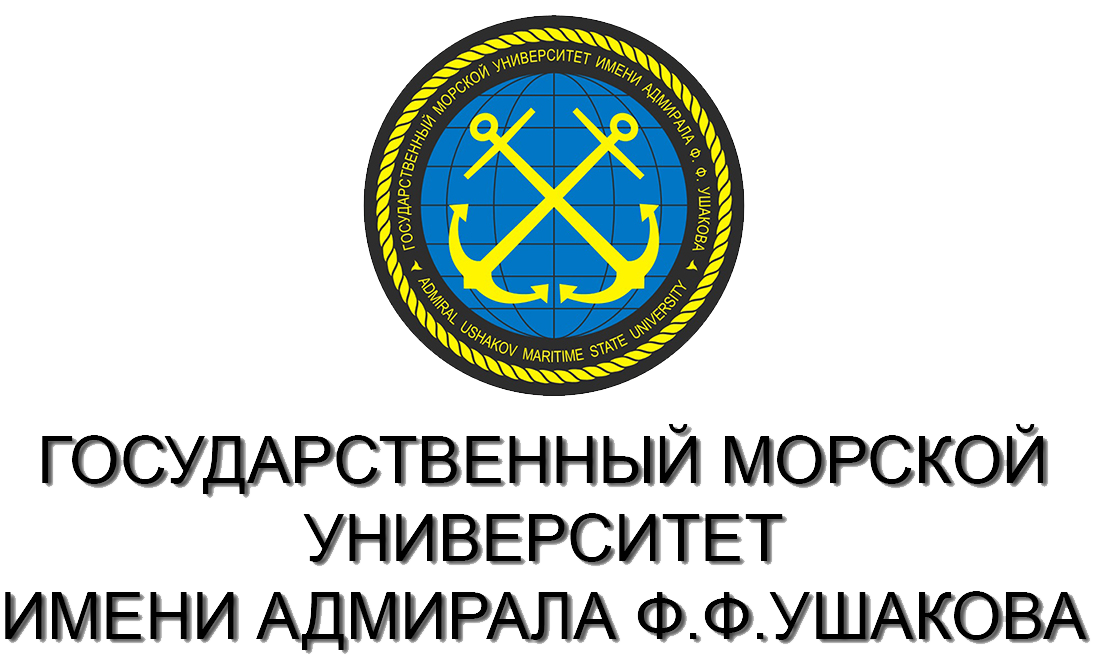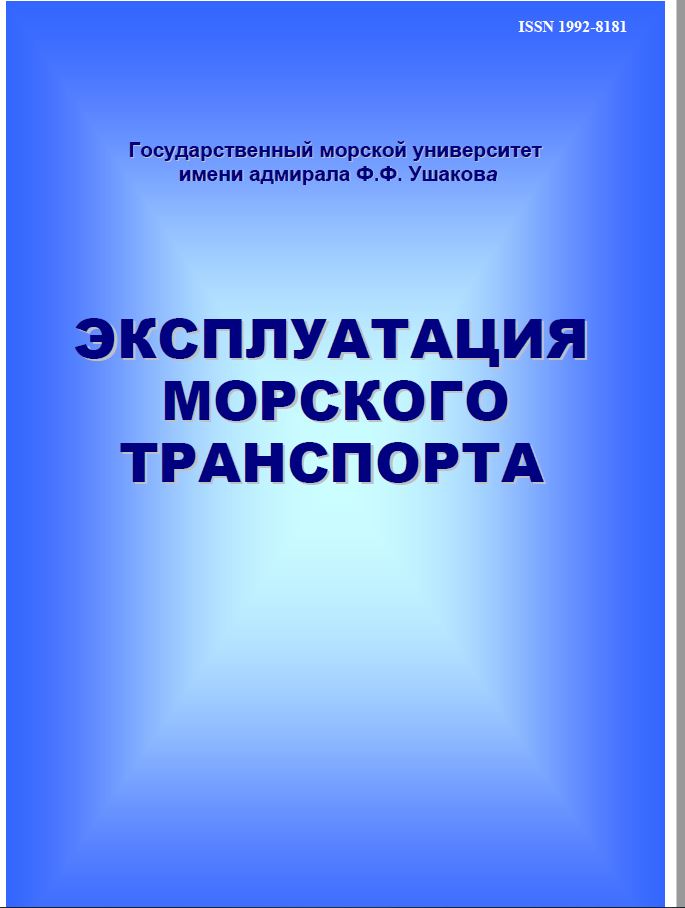UDC 621.43.068.4
The composition of the exhaust gases of marine diesel engines should be recognized as the main and most objective criterion for the environmental safety of marine power plants. Requirements for the composition of exhaust gases of engines, and the procedure for determining the regulated indicators are established by various regulatory documents, which indicate only the principle underlying the operation of the device. Most regulatory documents do not take into account the capabilities of modern devices and design features of ship power plants. The analysis of exhaust gases determines the content of toxic substances and particulate matter, for which devices called gas analyzers and smoke meters are used. The operating principles of modern instruments are described, their capabilities and metrological characteristics are presented, and the prospects for using such instruments on sea and river vessels are assessed. Proposed measures, the implementation of which will im-prove the quality of emission control of marine diesel engines and will contribute to the improvement of the technical operation of the fleet
diesel engine, exhaust gases, toxicity, smoke, gas analyzers, smoke meters, exhaust systems
1. International Maritime Organization. URL: http://www.imo.org/en/Pages/Default.aspx#1 (data obrascheniya: 19.10.2022).
2. Modina M.A., Khekert E.V., Voskanian A.A., Pismenskaia Yu.V., Epikhin A.I., Shkoda V.V. 2021. Bioindication and biomonitoring assessment of the state of atmospheric air and soil in the study area IOP Conf. Series: Earth and Environmental Science. 867. 012072.
3. Modina M.A., Kheckert E.V., Epikhin A.I., Voskanyan A.A., Shkoda V.V., Pismenskaya Yu.V. 2021. Ways to reduce harmful emissions from the operation of power plants in special environmental control areas IOP Conference Series: Earth and Environmental Science. 867. 012104.
4. Lukanin V. N. Promyshlenno-transportnaya ekologiya.-M.: Vyssh. shk., 2003.- 273 s.
5. Regulation 14 of Annex VI MARPOL 73/78.
6. IMO resolution MEPC.259(68).
7. Chang C C, Wang C M 2014 Evaluating the effects of speed reduce for shipping costs and CO2 emission Transportation Research Hfrt D: Transport Environmtnt 31 pp 110-115.
8. Cariou P 2011 Is slow steaming a sustainable means of reducing CO2 emissions from container shipping? Transportation Research Hfrt D: Transport Environmtnt 16 260-264.
9. Moris A. S. Principles of measurement and instrumentation. N. Y.: Prentice Hall, 1988. 316 p.
10. MRU Vario plus SE, technical specification, MRU GmbH, Fuchshalde 8, D-74172 Neckarsulm. Germany, 2010. URL: https://www.mru.eu/meta/mru-abc/detail/vario-plus/ (data obrascheniya: 20.10.2022).
11. Privalov V.E. Lazery i ekologicheskiy monitoring atmosfery / V.E. Privalov, A.E. Fotiadi, V.G. Shemanin.- SPb.: Izd. «Lan'», 2013.- 288 s.
12. Uskova V.I. Dvigateli vnutrennego sgoraniya porshnevye. Izmerenie vybrosa produktov sgoraniya. Chast' 9.- M.: Standartinform, 2015.
13. Arhipov V.A. i dr. Modificirovannyy metod spektral'noy prozrachnosti izmereniya dispersnosti aerozoley //Optika atmosfery i okeana .- 2007.-1.- 48-52.
14. Rossiyskiy morskoy registr sudohodstva. ND № 2-030101-022 2004 g.
15. Vedenin E.I., Chartiy P.V., Shemanin V.G. Lazernaya sistema preduprezhdeniya aerozol'nyh vybrosov //Bezopasnost' v tehnosfere.- 2014.- 5.- 25-31.
16. Polovchenko S.V., Privalov V.E., Chartiy P.V., Shemanin V.G. Vosstanovlenie funkcii raspredeleniya chastic po razmeram na osnove dannyh mnogovolnovogo lazernogo zondirovaniya// Opticheskiy zhurnal.- 2016.- 83.- 5.- 43-49.
17. Boren K., Hafmen D. Pogloschenie i rasseyanie sveta malymi chasticami.- M.: Mir, 1986.- 644 s.
18. Vedenin E.I., Chartiy P.V., Shemanin V.G. Lazernaya sistema preduprezhdeniya avariynyh vybrosov industrial'nyh aerozoley v atmosferu // Izvestiya vysshih uchebnyh zavedeniy. Fizika.- 2013.- T.56 8/3.- S. 278- 280.
19. Zuev V.E., Naac I.E. Obratnye zadachi optiki atmosfery.- L.: Gidrometeoizdat, 1990.- 287 s.











